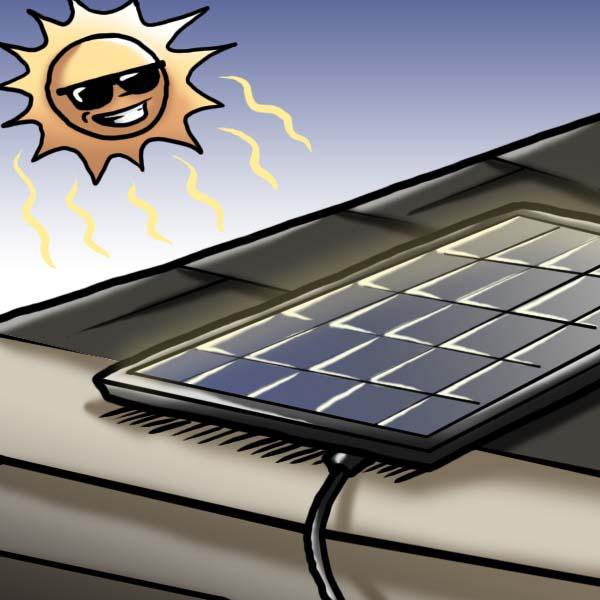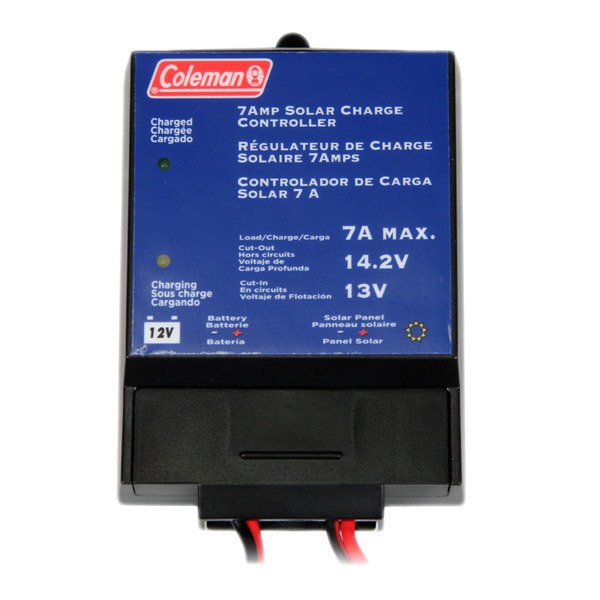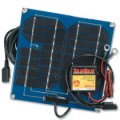Build Quality (8.5/10): Built like a typical DJ headphone, the DENON DJ HP1100 is made mostly out of hard and heavy plastic with the exception of the grilles, which are metal inserts. The outside of the earcups is rubberized. Like most DJ headphones in its price range, the HP1000 is both flat-folding and collapsible and comes with a long and thick coiled cord. The construction feels solid and should be nearly bulletproof in consumer applications but fails to match the ATH-M50 and some of the pricier DJ headphones out there in fit and finish.
Comfort (8/10): The Denons clamp very lightly but stay on securely due to their weight and circumaural fit. Padding on the headband is mediocre and doesn’t provide the long-term comfort of other DJ headphones. The earcup pads also feel a bit flat compared to those of the M50, bottoming out on my ears. Fortunately the low clamping force prevents this from severely diminishing comfort and also stops the HP1000 from becoming overly sweaty during lengthy listening sessions.
Isolation (7/10): Isolation is decent but not great for a large circumaural DJ headphone due to the stiff pads and low clamping force. They will tone down some outside noise but I wouldn’t use them on a plane. Leakage is minimal.
Sound (7.75/10): Expecting an upgrade to the rather well-balanced and extremely clear-sounding DN-HP700 model, I was surprised to find a rather bass-heavy and oftentimes muddy headphone in the DN-HP1000. The bass of the HP1000 is boosted and can become boomy and overbearing on some recordings. Worse than that, it lacks the resolution necessary for proper detailing and sounds loose and unrefined in comparison to similarly-priced sets such as the Audio-Technica M50 and Ultrasone HFI-780. The cheaper DN-HP700 model has lower bass quantity and much better control for a tighter, cleaner low end. Bassheads will be better served by Denon’s consumer-oriented D1100 model, which has similar bass depth but greater impact than the HP1000 and boasts a warmer tonal character.
The midrange of the HP1000 offers up good clarity and detail levels to match the lower-end HP700 model, but only when the bass stays out of the way. Bass bleed is minimized by the forwardness of the midrange – the Ultrasone HFI-780, for example, has tighter, more accurate bass and cleaner, more resolving mids but sounds rather mid-recessed in comparison to the HP1000. The upper mids remain reasonably smooth but don’t lose presence as those of the Ultrasone HFI-450 and Hercules G501 do. Treble extension is average but the top end is crisp without sounding grainy. Treble quantity lags slightly behind the HFI-780 and Sennheiser HD25, allowing the HP1000 to be a touch more forgiving of sibilance as a result. Soundstaging is above average, making the supraaural Sennheiser HD25-1 sound congested and severely lacking in depth in comparison. The muddy bass doesn’t do the HP1000 any favors but overall the presentation is dynamic enough to get by.
Value (6.5/10): The DN-HP1000 retains the slightly sub-par ergonomics of the lower-end DN-HP700 model and manages to lose a chunk of the audio quality of the cheaper headphone. The bass is the biggest transgressor, sounding noticeably boomy and uncontrolled. Those looking for heavy bass will want to consider Denon’s consumer-oriented D1100 model in place of the HP1000. For everyone else, the cheaper and more accurate HP700 retains my recommendation.


